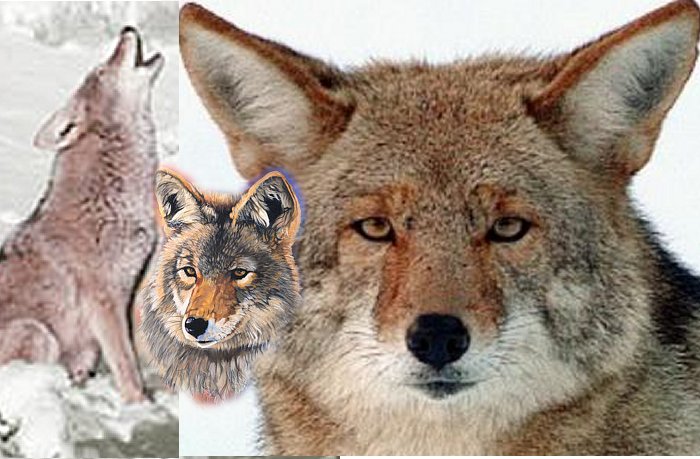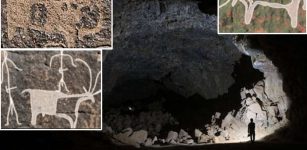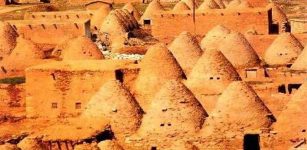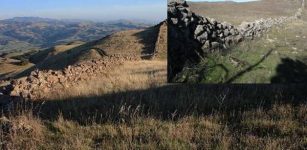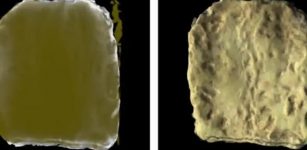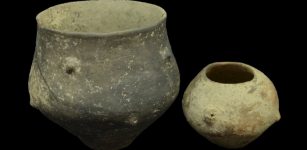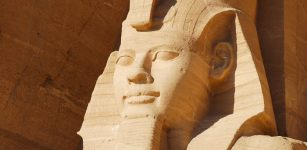Coyote: Hero, Trickster, Immortal And Respected Animal In Native American Myths
MessageToEagle.com – The Coyote is very prominent animal in many Native American legends.
The basis of his character is the same in all myths; however, certain character traits of this extraordinary figure vary widely from region to region.
Like real coyotes, mythological coyotes are usually notable for their crafty intelligence, stealth, and voracious appetite.
In some Native American myths, Coyote is a respected and admired culture hero helping people; in others, he demonstrates many negative behaviors like arrogance, greed, recklessness; in still others, he is a comic trickster character, whose lack of wisdom gets him into trouble while his cleverness gets him back out. In some Native coyote stories, he is even some sort of combination of all three at once.
Coyote is the most common trickster figure in myths of the Kalapuya tribe of Native Americans, with their traditional homeland in the Willamette Valley, in Oregon.
The Kalapuya stories about this Old Man Coyote range from funny tales of mischief and clowning to much more serious legends about the nature of the world.
Also among the Modocs, a Native American people who originally lived in the area which is now northeastern California and central Southern Oregon, the Chief Coyote is a trickster that possesses the indestructible disk of the sun, through which he is immortal, or, at least, is renewed every day to carry that luminary. Because of his vanity and boastfulness, the Coyote undertakes various ambitious enterprises, in which he fails due to his passions.
The Shasta Indians have a long tale of a coyote, whose fond grandmother tried to make him a great sorcerer, but he had to avoid several temptations on his way to the sacred mountain; unfortunately, the Coyote failed to succeed due to his nature.
See also:
Nihansan And Bricriu: Unpredictable Tricksters Who Fool Others And Are Fooled Themselves
Algonquin People And The Myth Of The Medicine Woman In The Moon
Gluskap: Mythical Hero Who Defeated Evil Sorcerers And Demon Followers
Fascinating Myths And Legends From Across The World
In many Native American cultures, the Coyote is credited with bringing humanity the gift of fire, the destruction of monsters, the making of waterfalls, and the teaching of useful arts to the Indians.But perhaps the most famous and fascinating incarnation of this remarkable creature is presented in the Nez Perce tribe’s myth of Coyote and the Shadow People. His actions lead to humankind being forever separated from the spirit realm of the dead.
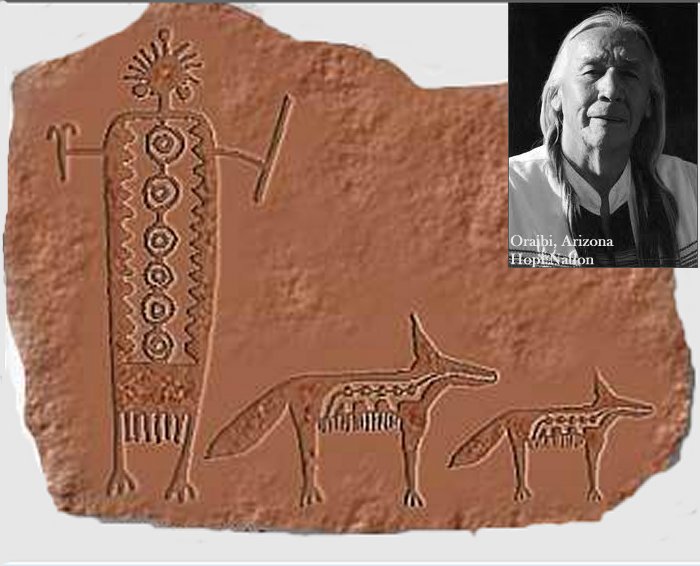
In the cyberspace of Coyote Kiva, Coyote is restored to his ancient place among the stars. His image, with the Maasaw or a shaman, is traced on the kiva wall. He is honored for his magic, not feared; respected for his wisdom, not ridiculed. He is a symbol of expectation, of endurance, of a renewal and healing of Earth. He is a symbol of music, dance and joy.
In myths of the Southwest Native Americans, the Coyote – described as having human form and occasionally, animal form, sometimes helps people, but most often his impulsive and foolish behavior causes nothing but trouble for everyone around him. Frequently, he is killed through his own recklessness, but miraculously always comes back to life afterwards.
Among the Pueblo tribes, the coyote was believed to have hunting medicine. Zuni hunters kept coyotes’ stone effigies as one of their six hunting fetishes, associating coyotes with the west and the color blue. Coyotes are also used as clan animals in some Native American cultures.
Tribes with Coyote Clans include the Cahuilla tribe, the Mohave, the Hopi (whose Coyote Clan is called Isngyam or Ish-wungwa), the Zuni (whose Coyote Clan name is Suski-kwe,) and other Pueblo tribes of New Mexico. Some tribes, such as the Pomo, who among their traditional dances,also had a Coyote Dance.
Copyright © MessageToEagle.com All rights reserved. This material may not be published, broadcast, rewritten or redistributed in whole or part without the express written permission of MessageToEagle.com


